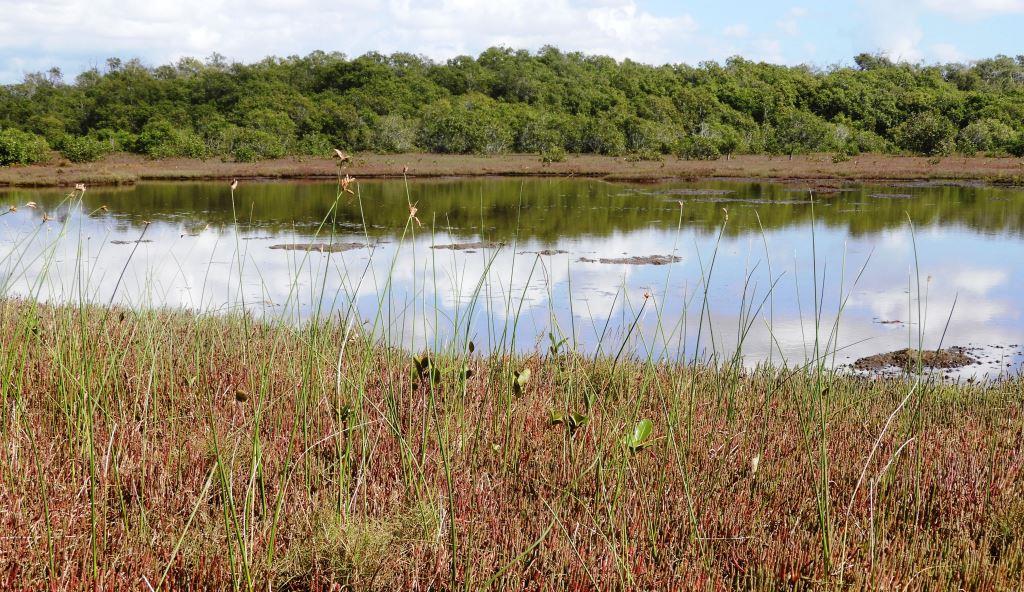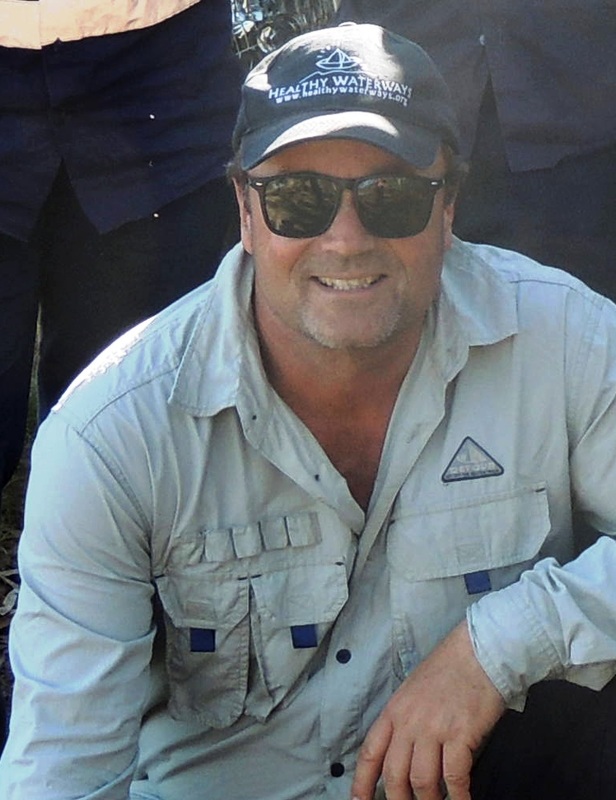The original plantings of local Eucalypt, Melaleuca and other associated species were carried out by volunteers with some significant work from the Green Army teams. The Green Army teams also spent significant time in controlling the weeds, allowing the young saplings to develop and thrive. The green Army scheme is no longer available and although the plantation area is developing rapidly with some trees already reaching 3 meters in height we still need to control weeds.
Some weeds, especially introduced grasses and vines (including Molasses and panic grasses) can cause real issues for the habitat as they can grow tall and thick and shade out any endemic plants. They can also be an issue as they burn with high heat and any fire would kill the trees as well as the understory. High dense grass also prevents koalas being able to access the trees and canopy. Therefore, controlling weeds is a priority if we are going to allow the plantation to mature and provide a safe and productive environment for koalas, and other wildlife associated with the park area.
The difference a couple of hours with a team of well-led volunteers can make to the quality of the rehabilitation site was astounding and emphasised the value of the Bush Care program. It’s truly amazing the impact an individual can make in such a short time. And to see some of the wildlife in the park and have a cup of tea afterwards is an added bonus, especially during the mild winter months. The next session is scheduled for 24th June 2018 and we would love to see you at Silcock Street Park at 7.30 am in the morning.
For further information on the Hays Inlet Bush Care Program you can click on the link below:
https://www.redenviroforum.org/bushcare.html


 RSS Feed
RSS Feed
